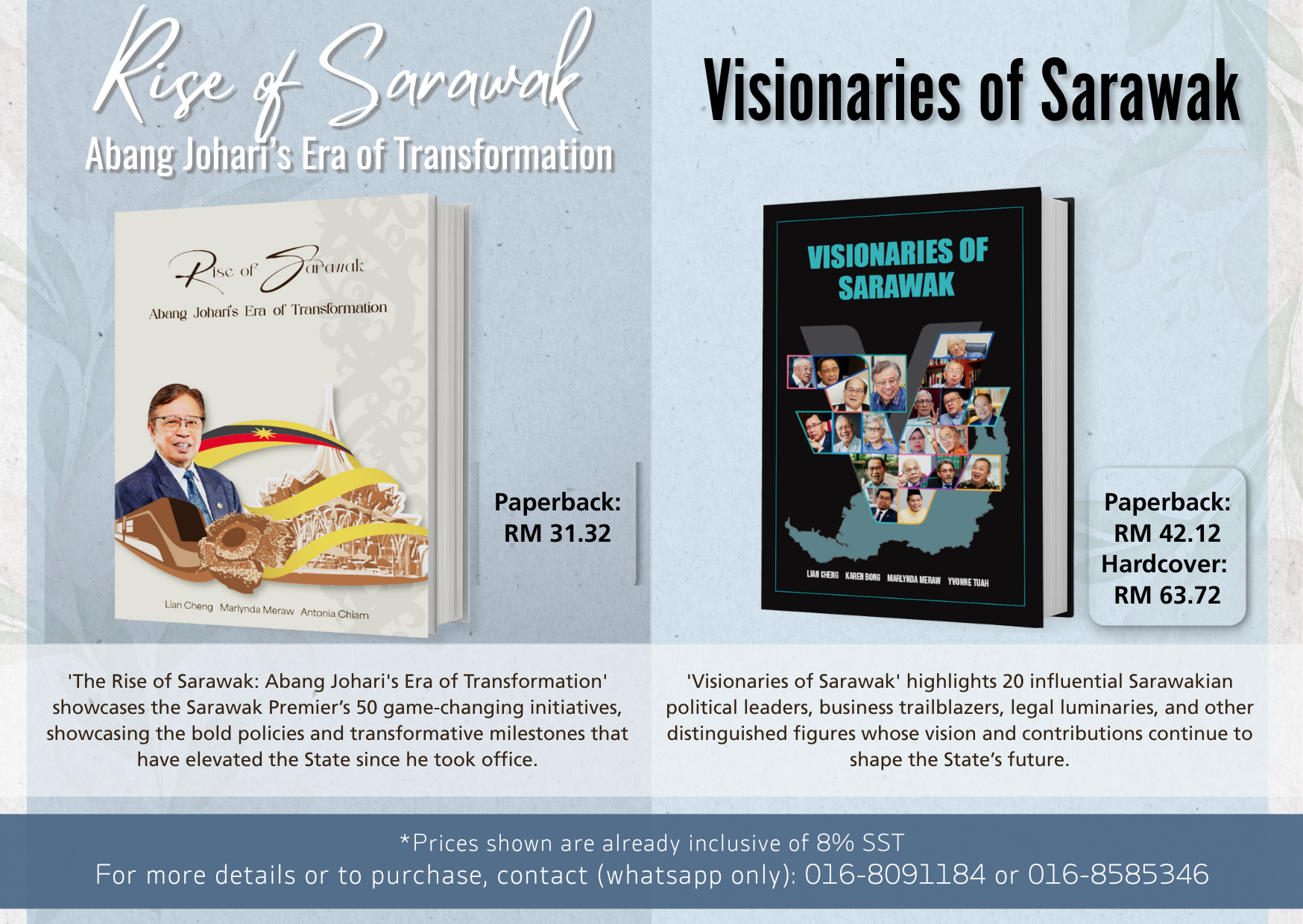
By Wilfred Pilo
KUCHING, Oct 13: Brooke Museum’s Head of Museum and Education Salliza Sideni has suggested embroidery skills in making keringkam—a traditional Sarawak Malay headscarf—be incorporated into the government’s skills development curriculum to ensure sustainability of the local heritage and help it to flourish in the future.
Salliza who is also the museum’s Aspire Programme Project Manager elaborated that that they need support from all sectors including the Ministry of Human Resources to ensure there is continuity for propagating such embroidery skills.
“This would be ideal for school leavers and future generations to learn the skills and craft this expensive traditional headscarf, that had a rich local cultural heritage.
“We have talked to the people from the ministry and they have looked into the matter and we hope it could materialise,”she told reporters after her talk on the Aspire Programme “Keringkam Revival” at the Borneo Cultures Museum Auditorium today.
Salliza added that they also want more funding from the government for their programme to revive the art of making keringkam, which has embroidery patterns originating from India.
She also spoke about the success of the Brooke Museum’s Aspire programme which is sponsored by Yayasan Hasanah and led by the Brooke Museum, and aims to preserve the art of keringkam.
She added their 24-month programme involving teaching embroidery skills to 50 youths from Sekolah Henry Gurney Puncak Borneo Kuching, Sekolah Tunas Bakti and Taman Seri Puteri is doing well.
“Almost 16 months into the programme, the results (the embroidery work) produced by the trainees at the three institutions have surpassed the expectations of Brooke Museum and the stakeholders of the programme,” she revealed.
“The students are showing very positive and encouraging progress in their keringkam Sarawak embroidery lessons as well as, with assigned tasks and projects.”
As such, Salliza hoped the government could give its support not only to delinquent youth like what they did with the Aspire programme at these schools but to others who could be trained to be good in creating craftwork by helping them acquire skills to revive Sarawak’s disappearing heritage.
Salliza wanted to see continuity in this programme to ensure local heritage would flourish and not just become another dead end.
“If the government could absorb this into their skills development programme and (provide) more funding, we see a future in making keringkam a pride of Sarawak’s cultural heritage.
“Those people who could master the embroidery skills of making keringkam and turn this craftsmanship into their lucrative profession too,” she said.
Also present was Friends of Sarawak Museum (FoSM) chairman Datu Ose Murang. — DayakDaily








